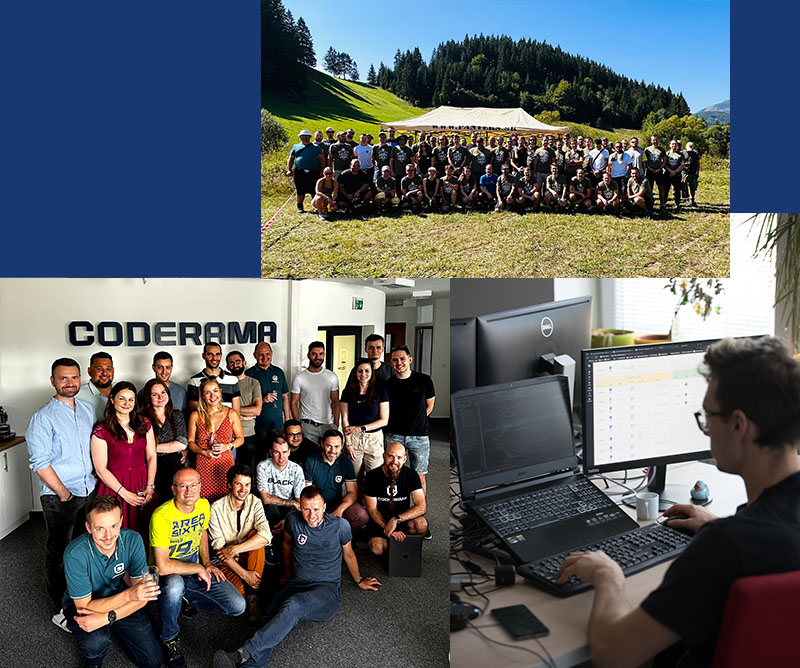Healthy body, healthy programmer: How IT specialists can combat sedentary work
Alexandra Gálfyová|14.03.2024
In this article, you'll learn how the pandemic and the move to home offices have brought new physical and mental health challenges for IT professionals. Discover practical hints and tips for combating back pain through mid-body strengthening, as well as the importance of ergonomic workspace setups for preventing health problems. Learn how to integrate regular movement and aerobic activities into your routine for improved overall well-being and health.
Nowadays, when the majority of the job market is made up of sedentary jobs such as the IT sector, the issue of physical activity and ergonomics at work takes on an unexpected importance. IT professionals, known for their long hours behind a computer, face unique challenges that require special attention.

Pandemic and the Home Office: A Double Challenge
The COVID-19 pandemic has added to the complexity of the issue. With many IT professionals moving to home offices, unsuitable work environments have become a common problem. This development has brought not only physical but also psychological challenges that are forcing us to rethink how we approach our work environment. It is important to remember that movement is natural to the human body and should be an integral part of every day, even when working from home.
Fighting Back Pain: Strengthening Your Mid-Body as the Key
A sedentary lifestyle can lead to back pain and posture problems. Therefore, experts recommend exercises to strengthen the middle of the body, such as planks, bridges, and pilates. Yoga and stretching help to keep muscles flexible and relieve tension, while short daily exercises can provide long-term health benefits.
Ergonomic Office: More Than Just a Fashion Trend
An ergonomic workspace today is no longer just about a comfortable chair. We're talking about standing desks that allow you to alternate between sitting and standing, monitor stands that prevent awkward neck bending, and ergonomic keyboards and mice that reduce strain on your hands. These investments are not just a luxury, but a necessity for a healthy working life.
Tips for a proper ergonomic environment:
- Ergonomic Chairs: These chairs are designed to provide adequate spinal support and allow for proper seating. Look for models with adjustable height, seat depth and armrests.
- Sitting desks: An alternative to sitting and standing during the day can reduce physical strain and increase circulation. Standing desks should be adjustable to accommodate different heights and needs.
- Monitor stands: Keeping the monitor at eye level prevents the tendency to inappropriately flex the neck and can reduce neck strain.
- Ergonomic keyboards and mice: These devices can reduce tension in the hands, wrists and shoulders. Low-profile keyboards or split designs can reduce tension in the wrists, while ergonomic mice reduce tension in the shoulders and neck.
- Wrist pads: These aids provide support and comfort during long hours of typing and mouse work.

Movement as an integral part of the day
The importance of regular exercise cannot be overstated, and any form of activity helps to combat the effects of a sedentary lifestyle. Aerobic activities and weight training exercises should be an integral part of every IT professional's weekly regime. Aerobic activities of moderate and higher intensity are recommended 3-5 times per week. People should also incorporate strengthening exercises into their routine. Simple activities such as walking, Nordic walking, yoga, running, cycling and swimming are suitable for all age groups and have a positive impact not only on physical fitness but also on the psyche.

The Little Things That Make a Difference
Recognizing that even small changes in our daily lives can make a big difference in our health. From morning yoga to getting your desk chair set up just right, every step towards a more active and ergonomically fit lifestyle makes a difference. For IT professionals who spend hours sitting, not only is physical activity important, but also a properly arranged work environment. Prevention is key and they should be aware that health and well-being at work is not just about what we do after work, but also about how we work and where we work.

